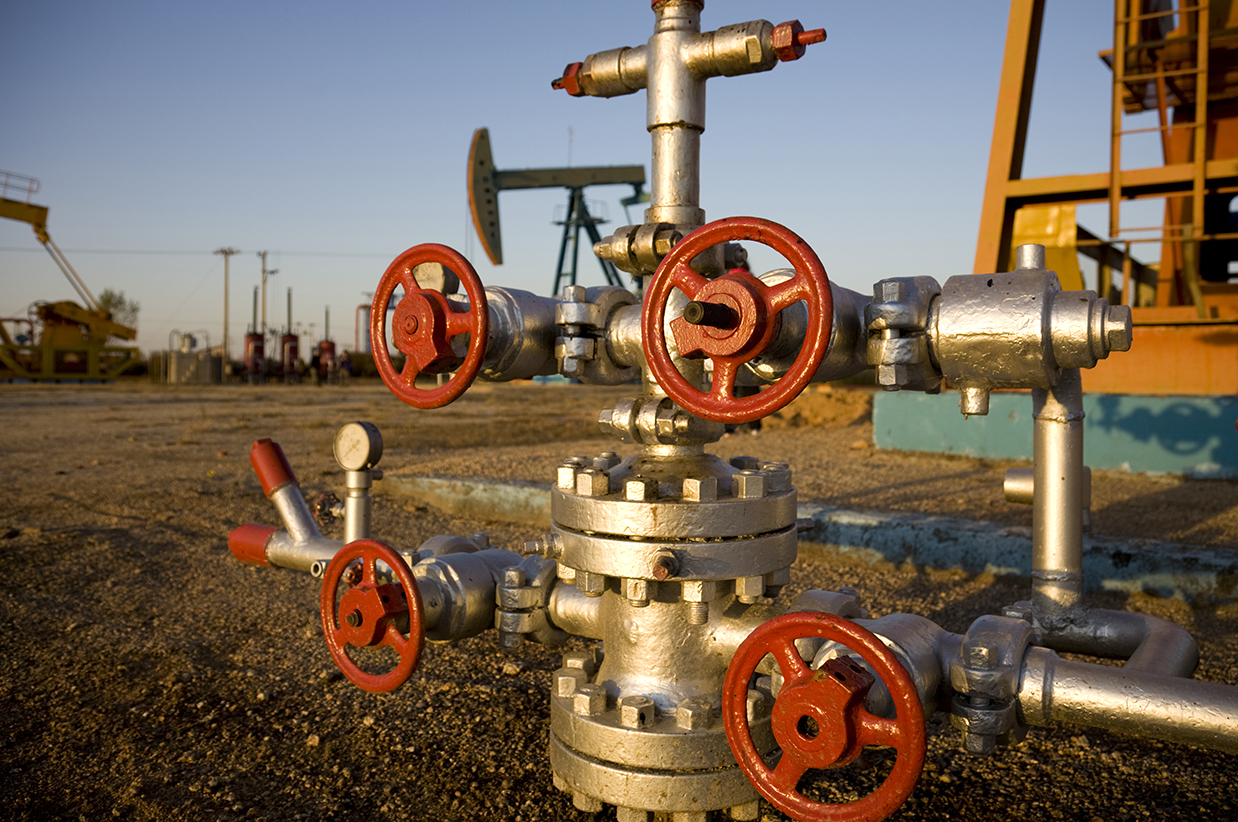In line with efforts to increase gasoline output, plans are underway to make the second phase of the Persian Gulf Star Refinery in the city of Bandar Abbas in Hormozgan Province ready for early production, managing director of the National Iranian Oil Refining and Distribution Company said.
"Three units in the second phase of the refining complex will be up and running in the near future," Alireza Sadeqabadi was also quoted as saying by Shana on Sunday.
According to the official, equipment have been installed, power requirements have been met, boilers are ready to go on stream and the remaining high-tech devices are being delivered.
Sadeqabadi noted that close to €100 million ($118 million) are required to complete the venture.
"The completion of the first phase, which became operational seven months ago, has generated revenues to help develop the second phase," he said, adding that as soon as the second phase goes on stream, investments will be raised to implement the last phase.
The official believes that development of PGSR's phases two and three will pave the way for NIORDC to balance the domestic gasoline market supply and demand.
"Financing the project in the near future is an urgent priority, as it can help the firm provide metropolises with the much-need fuel more conveniently," he said.
Asked about Phase One output, Sadeqabadi said the complex's Euro-4 quality gasoline production currently stands at 12 million liters, up from 8.8 million liters two months ago.
Long-Term Payback
Underscoring the significance of attracting new funds to complete processing plans, he said the refining industry is in dire need of financial resources with low interest rates and long-term payback periods, which can be provided by foreign financiers.
On the critical issue of attracting foreign investment, he noted that the company has raised $2.7 billion to develop Abadan Refinery and $1.9 billion to rehabilitate Isfahan complex.
“The mega refining plans include the construction of a hydrogen recovery unit and a residual fluid catalytic cracking unit, which would help reduce mazut and increase gasoline production,” he said.
According to Sadeqabadi, the country's gasoline and oil derivatives consumption rises by 7-8% every year.
Nonetheless, if gasoline prices go up, growth is expected to experience a downward trend in the following 6-12 months.
Referring to gasoline imports, he said 13 million liters of the strategic fuel have been imported per day since March 2017, the beginning of the current fiscal.
"Iranians burned 81.7 ml/d of gasoline in the first six months of the current fiscal," the official said, noting that consumption is expected to decline in the second half of the year.
Swapping Crude
Pointing to the newly-signed contract with Iraq on swapping crude deal, the NIORDC chief said, "Regarding pipeline limitations, short-term plans have been devised to transfer 30,000 barrels of oil per day to refining complexes in Kermanshah, Tabriz and Arak by tanker trucks. Trucking is intended to start at 15,000 bpd and cap at 30,000 bpd, but it could increase to 60,000 bpd."
Sadeqabadi said Iran has the capacity to receive as much as 250,000 bpd, adding that due to limited pipeline infrastructures, it is not possible to deliver such a huge volume to Iranian refiners.
Reportedly, a pipeline, roughly 200 kilometers long in Iraq and about the same in Iran, will be installed between Iran's Tang Fani pumping station in the southwest and Iraq's Kirkuk field.


